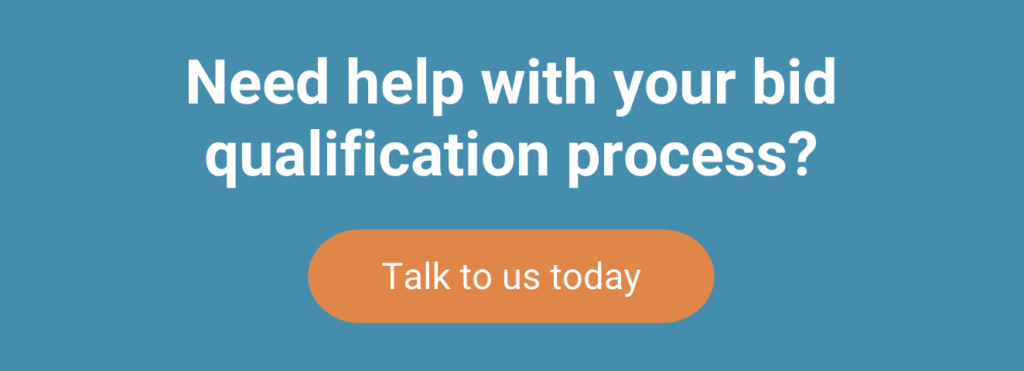From bland to brilliant: 3 secrets to unforgettable win themes
Positioning your bid for success using win themes

When it comes to winning competitive tenders, it’s not just about what you offer, it’s about how clearly and convincingly you communicate your value. This process of positioning is critical in a competitive context, as it’s likely that your competition are able to address the evaluation criteria as well as you are.
Win themes are the backbone of a compelling bid, but too often, they’re left as generic statements buried in the response. Here are our top three tips for taking your win themes to the next level and making sure your bid stands out for all the right reasons.
1. Distil your value into a tagline
Start strong by distilling your win themes into a single, memorable tagline that captures your unique value proposition. This isn’t just a catchy phrase for marketing, it’s a powerful message that sets the tone for your entire submission. Use it on your cover page and in the header of your response to reinforce your key differentiator from the outset. For example, “Your Trusted Partner for Secure, Seamless Cloud Transformation” instantly tells evaluators what you stand for and what they can expect. It also keeps your bid team on track with conveying the most important message.
2. Use win themes as executive summary subheadings
Don’t let your win themes get lost in the detail. Integrate them as subheadings within your executive summary to create a clear structure and ensure your key messages are front and centre. This approach not only makes your response easier to navigate, but it also puts the ‘why you’ argument right where evaluators are looking for it. For instance, headings like “Customer Focus and Responsive Service” or “Transparency and Local Delivery” make it clear what sets you apart, and allow you to expand on each theme with relevant, client-focused content.
3. Back up your claims with proof points
It’s not enough to simply document your differentiators. Every claim should be supported by credible proof points. This is where you move from telling to showing, using a mix of data and storytelling to demonstrate the validity of your win themes. Proof points can include customer satisfaction scores, client tenure, employee retention metrics, or compelling case study stories. For example:
“Our customer satisfaction score has averaged 97% over the past three years.”
“Our employee retention rate is 92%, ensuring continuity and deep expertise for our clients.”
Or, bring it to life with a client quote: “We were thrilled with Company XYZ’s responsiveness and expertise. They resolved our cloud migration challenges ahead of schedule and under budget.”
By weaving these proof points into your executive summary and throughout your response, you give evaluators the confidence that your promises are backed by real results.
A winning bid is built on clear, compelling win themes that are easy to find and impossible to ignore. Distil your value into a tagline, structure your executive summary around your win themes, and always back up your claims with hard evidence and real stories. That’s how you turn your differentiators into a winning edge.
